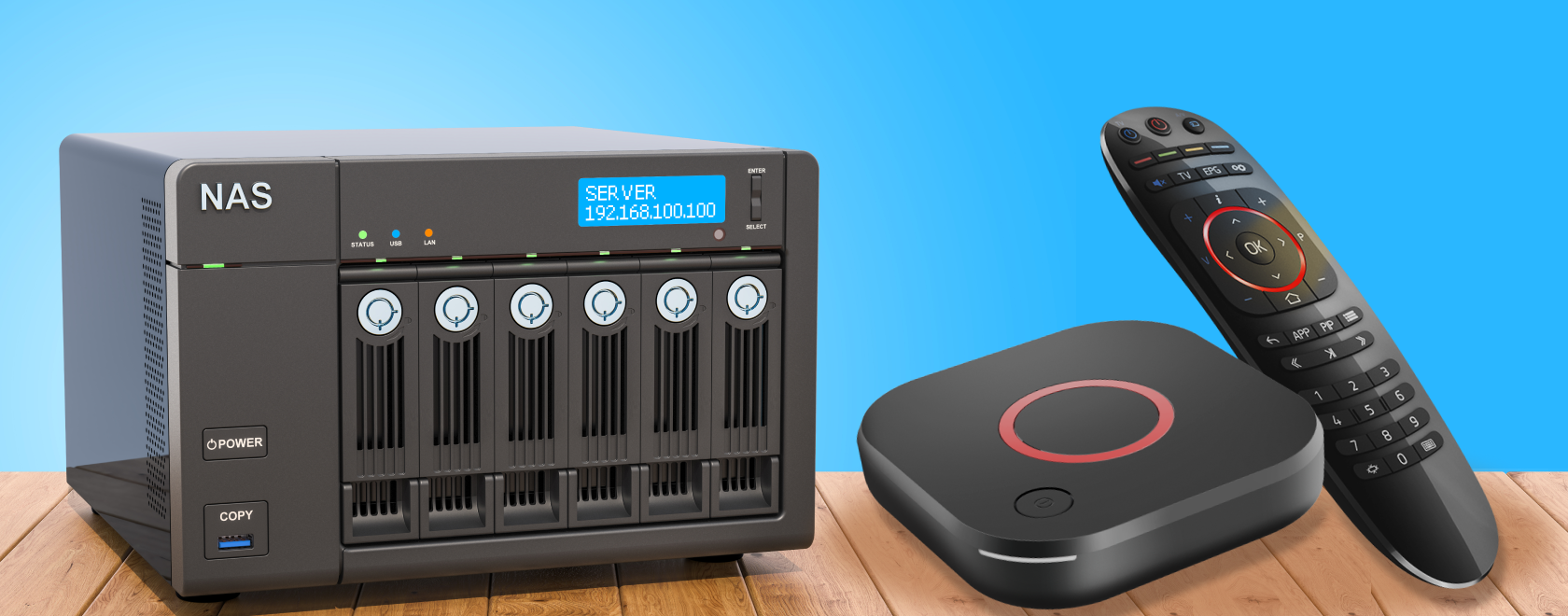In the era of digital convenience and ever-growing media libraries, the way we store and access our favorite movies has fundamentally changed. Gone are the days of physical discs and tangled shelves of DVDs. Today, your entire personal film archive can be just a click away—available in high definition, streamed seamlessly to any screen in your home. At the heart of this transformation lies the perfect pairing: a Network-Attached Storage (NAS) system integrated with a powerful media player. This dynamic duo enables users to take full control of their media experience, transforming a basic home entertainment setup into a smart, self-sufficient cinema hub.
The Role of NAS in Home Entertainment
A NAS device serves as a centralized digital vault for your media files, accessible over your home network. Unlike external hard drives tethered to a single device, NAS storage operates as an independent server. It remains connected to your local network and can even be accessed remotely, making it ideal for users who value both availability and security.
The primary advantage of using NAS in a home cinema context is the ability to store vast amounts of high-resolution video content without overloading local devices like smartphones, tablets, or laptops. Additionally, modern NAS systems support multiple drive bays, allowing users to scale their storage as needed. Advanced data redundancy features ensure that your movie collection remains safe, even in the event of hardware failure. More than just a storage unit, a NAS can be configured to run various media server applications—such as Plex, Emby, or Jellyfin—designed to catalogue, organize, and stream content in a user-friendly interface.
Media Players: The Gateway to Seamless Streaming
While the NAS stores the content, the media player is responsible for delivering it to your screen with quality and reliability. IPTV boxes and standalone media players designed for high-definition output are optimized for video decoding, offering support for a wide range of file formats and codecs, including 4K UHD, HDR, and surround sound standards.
Modern media players not only handle playback but also enhance the user experience with intuitive interfaces, smart remote controls, voice search, and integration with popular streaming services. When connected to your home network, they can detect and stream content from your NAS effortlessly. This synergy allows users to navigate their digital library using metadata, thumbnails, and personalized categories—features that replicate and often surpass the interface of commercial streaming platforms.
Achieving True Home Cloud Streaming
Configuring a NAS and media player combo to act as a private streaming platform doesn’t require enterprise-level IT knowledge. Most contemporary NAS devices come with step-by-step setup wizards that guide users through the installation of media server software. Once your library is indexed, media players can access this content using protocols such as DLNA, SMB, or via native apps for Plex or similar platforms.
A strong local network is essential. Wired connections using Ethernet ensure minimal buffering and maximum resolution during playback. However, modern Wi-Fi standards—such as Wi-Fi 6—also provide sufficient bandwidth for most home streaming scenarios, including 4K content. The reliability of your network will directly impact your viewing experience, so investing in a quality router and considering network segmentation for media traffic can yield noticeable improvements.
Security is another important factor when opening your NAS to remote access. Enabling HTTPS, creating strong user credentials, and configuring VPN access can help keep your data protected while allowing you to stream from your collection on the go. This remote capability extends the utility of your NAS beyond the home, turning it into a personalized streaming cloud accessible from anywhere with an internet connection.
Why Choose a NAS-Media Player Setup Over Streaming Services
While subscription-based streaming services dominate today’s media consumption habits, they come with inherent limitations. Content libraries are fragmented across platforms, and the availability of titles changes frequently. Licensing restrictions, data caps, and subscription costs can also become burdensome over time. In contrast, owning your movie collection ensures consistent access, complete control, and no recurring fees.
A NAS-media player ecosystem offers a tailored viewing experience, where content is curated by you and enhanced by hardware designed specifically for high-quality playback. Whether you’re an aficionado with a collection of rare films or simply someone who values uninterrupted access to favorite titles, this setup ensures that your content is always within reach—on your terms, and in the best possible quality.
Future-Proofing Your Home Media Setup
As file sizes grow and video formats evolve, the scalability of NAS systems and the upgradability of modern media players ensure that your home entertainment system remains relevant. Many media players support firmware updates and modular upgrades, while NAS devices can expand with additional drives or upgraded hardware.
Interoperability is key when selecting devices. Choosing products that support open standards and widely-used protocols ensures long-term compatibility and reduces the risk of obsolescence. For users planning to expand their smart home ecosystem, integration with voice assistants and home automation platforms is an added advantage that ties media playback into a unified digital lifestyle.
The combination of NAS storage and a capable media player redefines how personal media libraries are enjoyed. It offers a secure, scalable, and streamlined alternative to commercial streaming services, granting users total control over their viewing experience. With the right setup, your home becomes a personal theater powered by your own private cloud—accessible, organized, and optimized for enjoyment. This is not just a convenience—it’s a smart investment in long-term media freedom.
